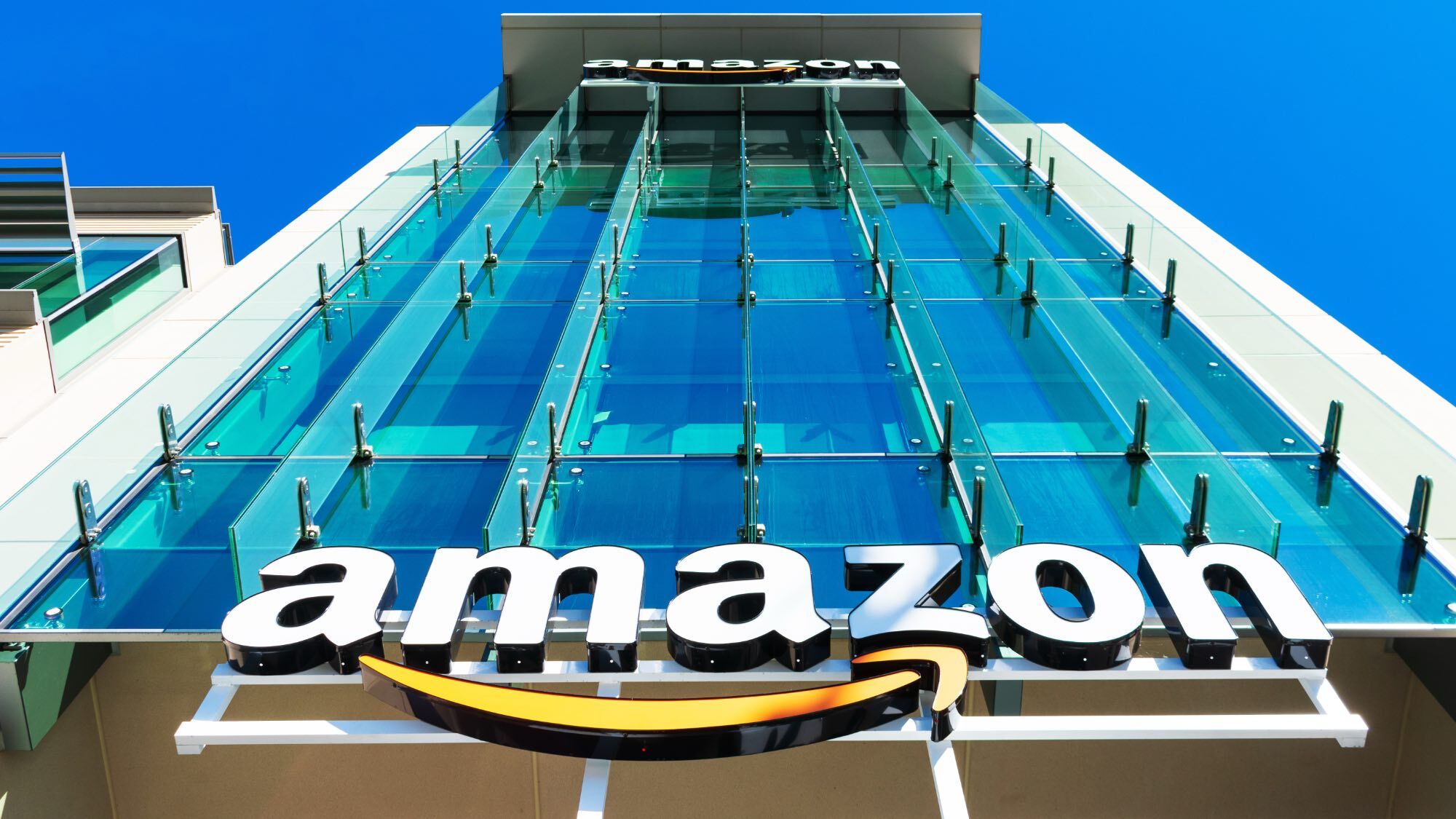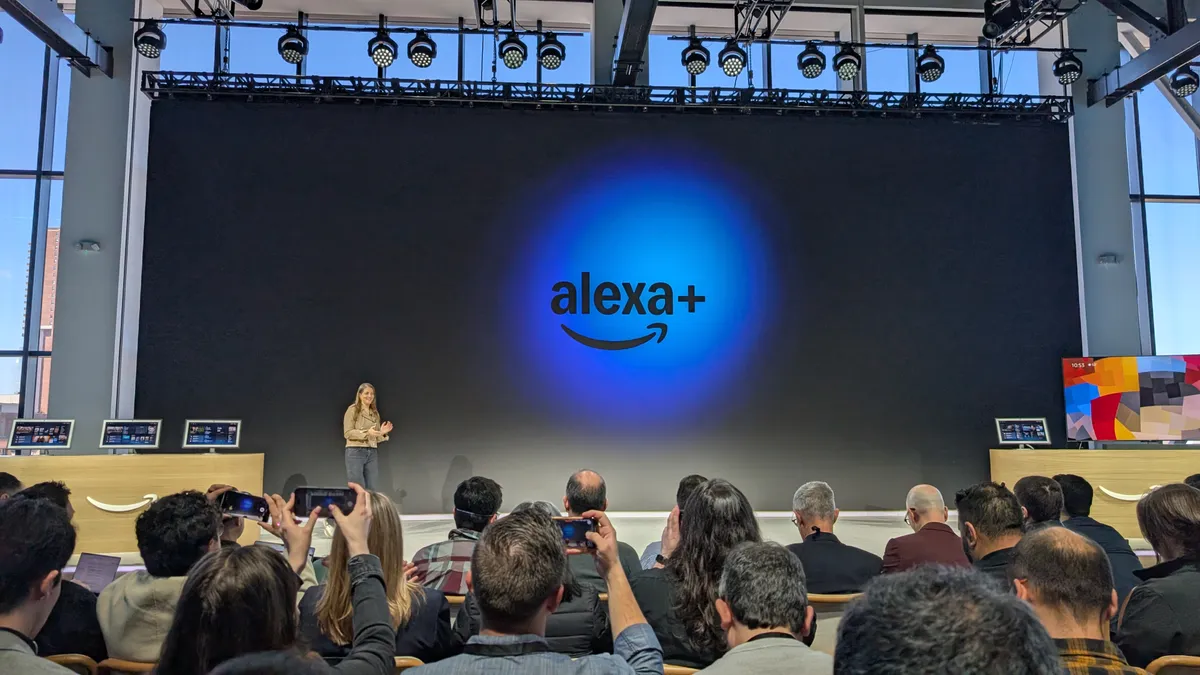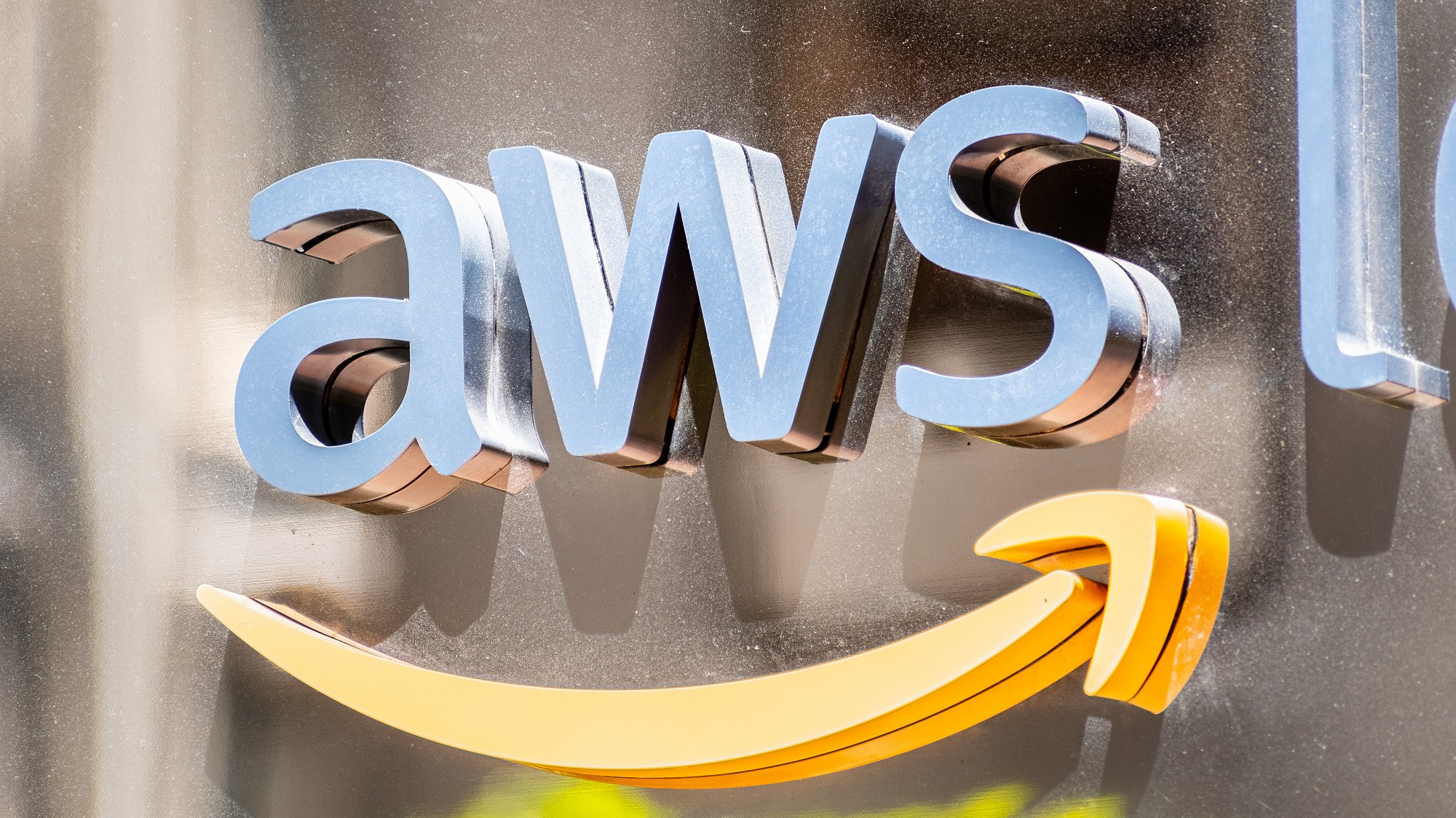Amazon cutting 14,000 jobs as it 'innovates much faster' with AI

Amazon has confirmed it is cutting 14,000 corporate jobs this week in an effort to be more "nimble" and try to "operate like the world’s largest startup." These cuts are believed to be focused on Amazon's corporate roles rather than warehouse or delivery staff and take hold as the company looks to streamline its operation thanks to AI.
Beth Galetti, Senior Vice President of People Experience and Technology at Amazon, confirmed the changes in a memo shared with Amazon staff today, October 28.
"Some may ask why we’re reducing roles when the company is performing well," she wrote.
"What we need to remember is that the world is changing quickly. This generation of AI is the most transformative technology we’ve seen since the Internet, and it's enabling companies to innovate much faster than ever before (in existing market segments and altogether new ones).
This generation of AI is the most transformative technology we’ve seen since the Internet, and it's enabling companies to innovate much faster than ever before.
Beth Galetti, SVP, People Experience and Technology at Amazon
"We’re convicted that we need to be organized more leanly, with fewer layers and more ownership, to move as quickly as possible for our customers and business."
Amazon has always maintained a reputation for efficiency, and this latest round of cuts comes after CEO Andy Jassy decided the company had an excess of bureaucracy. He reportedly put in place an anonymous tip line that resulted in over 1,500 responses identifying inefficiencies in the company.
Galetti doesn't go into specifics on which divisions are affected, but it's believed that corporate areas, including human resources, devices and services and Amazon Web Services, will all see reductions.
Get instant access to breaking news, the hottest reviews, great deals and helpful tips.
The impact of AI

Amazon hired aggressively during the pandemic and may be looking to readjust the balance, but it's also hard to ignore the impact of AI in this decision. And Amazon isn't the only tech giant taking this approach in 2025. Microsoft and Google have both cut thousands of human staff this year while accelerating AI automation. Microsoft is being particularly aggressive here. In April, CEO Satya Nadella told CNBC that as much as 30% of the company's code is AI-generated, and Redmond followed this up with a study revealing the 40 jobs most likely to be impacted by AI.
Andy Jassy hasn't been quite as blunt as that, but the successor to Jeff Bezos said in June that AI will "change the way our work is done". He added: "We will need fewer people doing some of the jobs that are being done today, and more people doing other types of jobs."
Now it appears he's putting his prediction into practice.
Bola Rotibi, Chief of Enterprise Research, at CCS Insight, believes today's job cuts are about Amazon positioning its workforce to capitalize on emerging AI trends.
Amazon cutting jobs isn’t just a cost-cutting headline; it’s a shift in what work the company thinks really matters."
Bola Rotibi, Chief of Enterprise Research, CCS Insight
"Amazon cutting jobs isn’t just a cost-cutting headline; it’s a shift in what work the company thinks really matters. The company says AI is speeding things up, so it wants fewer people coordinating and more people actually building the tech," she told Tom's Guide.
"That’s why some office roles are going, even while hiring continues in areas like chips, power, data centres and core engineering. In plain terms: fewer organisers, more builders, and the “builders” are mainly working on AI.
"You can also see it in where the money goes. Amazon is pouring huge sums into the basics that power AI: computer chips, electricity, and new data centres. When a company spends like that, jobs tend to grow in those places and shrink in jobs that don’t move the needle as much.
"Amazon’s big bet is to make AI cheaper to run at scale. They’re pushing their own chips (Trainium) and saying this will cut AI costs once everything is built out. If that pays off, profits recover and the investment looks smart."
"Ultimately, the cuts are part of a bigger rebalancing, not just a one-off purge. AI is both the tool that reduces some jobs and the magnet that pulls money and new roles into chips, power and platforms.
"The honest question is whether enough solid, long-term jobs will appear on the AI side to make up for the roles being cut today, or whether we’re mostly reshuffling a smaller set of seats. That’s why I don’t buy the overly rosy explanations. So, for me, the direction of travel is clear, but the proof that people are landing in new, durable roles at scale isn’t there yet."
Tough timing

The timing for Amazon cutting a whole heap of jobs isn't great right now. Just a week ago, the world was reminded just how much it relies on the company's systems and what can happen when there's a problem. Last Monday (October 20), huge swathes of the internet were knocked offline following an AWS outage.
This was caused by services — everything from Snapchat to Venmo — being unable to connect to a database system due to “a latent defect within the service’s automated DNS [domain name system] management system”. Several false fixes were implemented before normal service was resumed.
Amazon’s last major round of job cuts came at the end of 2022 and the start of 2023 when it laid off 27,000 workers. While these cuts affect corporate staff, the company has made it clear that it's looking into robotics and automation in order to make its warehouse less reliant on human labor.
The company says it will give affected employees 90 days to find a new role, and those unable to find a replacement will be given severance pay, outplacement services, and health insurance benefits.
Follow Tom's Guide on Google News and add us as a preferred source to get our up-to-date news, analysis, and reviews in your feeds. Make sure to click the Follow button!
More from Tom's Guide
- I used ChatGPT to cancel my streaming subscriptions — here’s how to try it, too
- I tested Claude 4.5 vs ChatGPT-5 with 9 tough prompts — and there's a clear winner
- Can you trust AI Overviews? Recent studies suggest they may not be as accurate as you think

Jeff is UK Editor-in-Chief for Tom’s Guide looking after the day-to-day output of the site’s British contingent.
A tech journalist for over a decade, he’s travelled the world testing any gadget he can get his hands on. Jeff has a keen interest in fitness and wearables as well as the latest tablets and laptops.
A lapsed gamer, he fondly remembers the days when technical problems were solved by taking out the cartridge and blowing out the dust.
You must confirm your public display name before commenting
Please logout and then login again, you will then be prompted to enter your display name.










